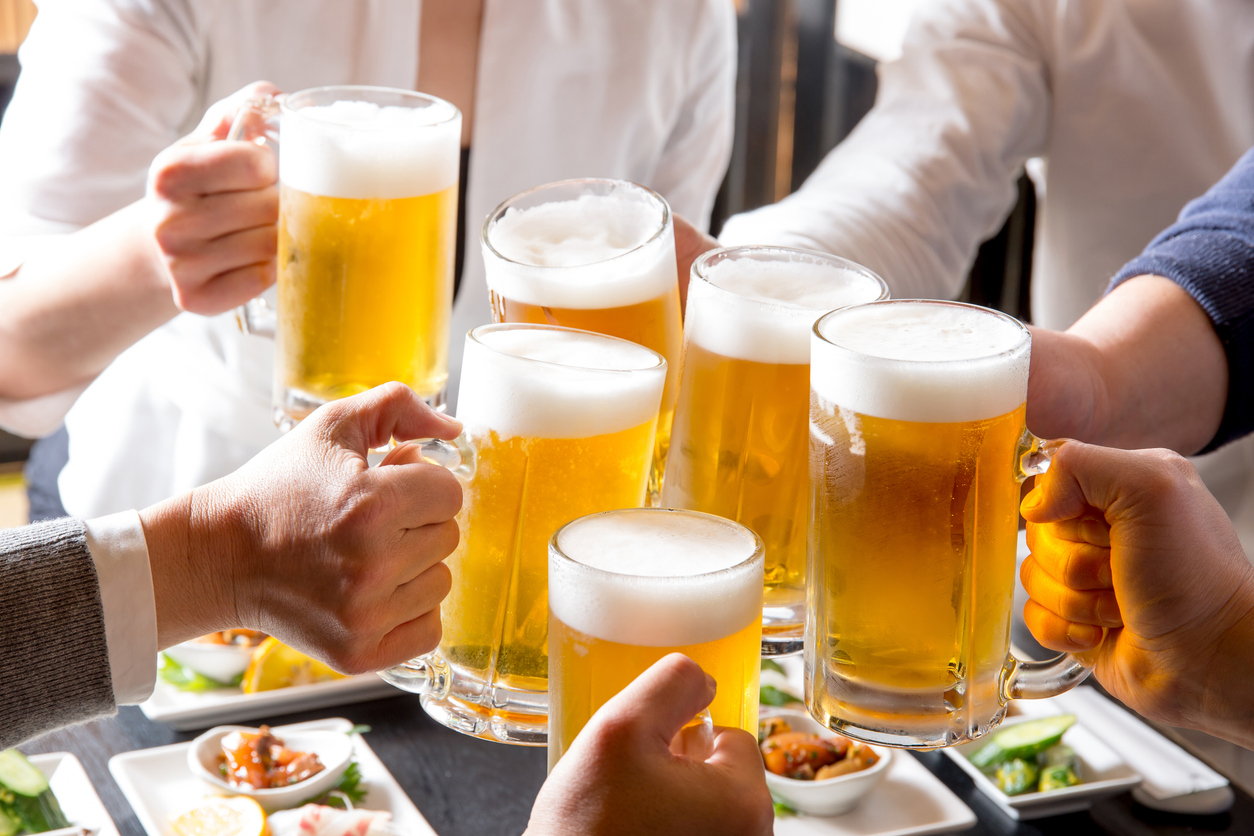2023/10/24
Liquor Tax Reform: For Beer-Like Alcoholic Beverages, a New Demand Generation to Dominate Price-Oriented Trend is Desired.

On October 1, the second stage of the liquor tax revision went into effect based on the reform of the National Liquor Tax Law in 2017, which aims to simplify the tax system through stepwise revisions of the complicatedly subdivided liquor tax categories. The tax reform focuses on beer-like alcoholic beverages*1. For regular beer, the transition of the applicable liquor taxes per 350 ml before revision, after the first revision (2020), and after the current revision is 77 yen, 70 yen, and 63.5 yen respectively. While the tax for Happoshu (sparkling, low-malt beer) remained unchanged at the current 46.99 yen, the taxes for the so-called “third beer (beer flavored beverages)” are 28 yen, 37.8 yen, and 46.99 yen respectively. In 2026, these three main beer segments will be unified in a single tax category under the same tax rate of 54.25 yen per 350 ml. In short, it will turn out to be a tax cut for regular beer but raising taxes for Happoshu and the “third beer.”
For some time during the postwar period, beer was a highly “luxury item” for consumers, however, the market grew steadily along with the rapid economic growth. In the meantime, as the relaxation of licensing of liquor sales was promoted in 1990s, price competition became intensified. Brewers newly developed low-priced sparkling liquors, "Happoshu," which were outside the coverage of the beer tax rate defined according to the ratio of malt content. The low-malt beer gained the fervent support of consumers. Then, the authorities changed the rules for the malt content ratio and raised the tax rate on Happoshu. Again, the beer manufacturers countered by launching the “third beer” onto the market to sneak out of the new tax classification. In short, the two sides, the authorities and the manufacturers, have repeatedly taken advantage of the other’s defects for the sake of convenience. In fact, the current tax revision may be concluded as a “good deal” between the two: the authorities want to increase tax revenues whereas the beer companies want to get out of the low-price competition.
Following the liquor tax reform, expectations for “traditional beer revitalization” are growing in the industry. The beer tax cut will favorably work as a tailwind for small manufacturers. On the other hand, there is a strong demand for low-price-oriented products to protect the livelihood of consumers. At the same time, it is also a good opportunity for the “RTD market*2” that includes canned “Shochu (Japanese spirit)” highballs, and “Japanese lemon sour” (made from Shochu, soda water, and lemon juice) for which the tax rate remains the same for now. But that aside, the fundamental problem is not a matter of tax rates, but the fact of the definitely shrinking market. According to the “National Health and Nutrition Survey” conducted by the Ministry of Health, Labor and Welfare, the percentages of men who drink 180 ml or more of alcoholic drinks per day at least three times a week, that is, men who have drinking habits or who are categorized as the industry's major customer segment, are as follows: 46.6% of those aged 60-69 years, 41.4% of aged 50-59, 38.3% of aged 40-49, 24.4% of aged 30-39, and 12.7% of aged 20-29, on the survey in 2019 conducted before the outbreak of the Corona pandemic. When compared to those of 20 years ago (1999), those numbers decreased by 8.6, 22.9, 22.3, 24.4, and 21.3 respectively in the percentage point in the same order of the age ranges shown above.
Specifically, it should be noted that the “sober-curious*3” lifestyle has completely been accepted by people in Generation Z. Therefore, the most important issue for the beer industry is how successfully they can stimulate demand from those who are not willing to drink among Generation Z-ers, as well as from the industry’s secondary customer segment. Indeed, that is the key to drawing the potential of Happoshu and the “third beer.” Considering the fact that beer-like alcoholic beverages have been developed in a diversified way all through fierce price competition and repeated challenging negotiations with the authorities, they must have been presented with health-oriented added value such as low sugar content. Besides, the expansion of the RTD market was brought about due to recent trends of food and beverage pairings and the rising demand for low-alcohol beverages. Once beer was a luxury item, but that was a past episode. We can find a potential for the creation of another market in a new stage where the evaluation of whether “genuine or imitated” including non-alcoholic beverages is no longer authentic.
*1: Beer-like alcoholic beverages: A generic term for beer, Happoshu, and “the third beer,” all of which use malt with different proportions to the total raw materials in volume
*2: RTD market: “Ready to Drink” means drinks are ready for consumption directly when the cap or lid is opened. RTD is an industry term indicating beverages with lower alcohol content such as canned Shochu (Japanese spirit) highballs, canned highballs, and canned Japanese lemon sour (made from Shochu, soda water, and lemon juice)
*3: Sober curious: A coined term to describe a lifestyle of people who can take alcohol but are not willing to drink because of their own beliefs. The phenomenon is becoming familiar in resonance with a growing health consciousness and a popular living of the younger generation who want to respect their private time.
This Week’s Focus, October 6
Takashi Mizukoshi, the President